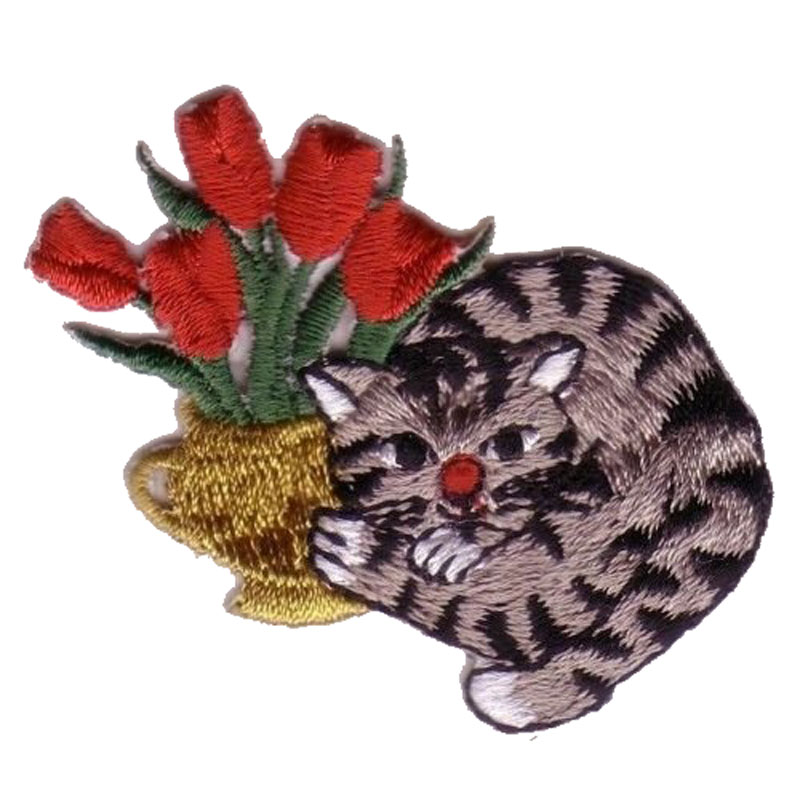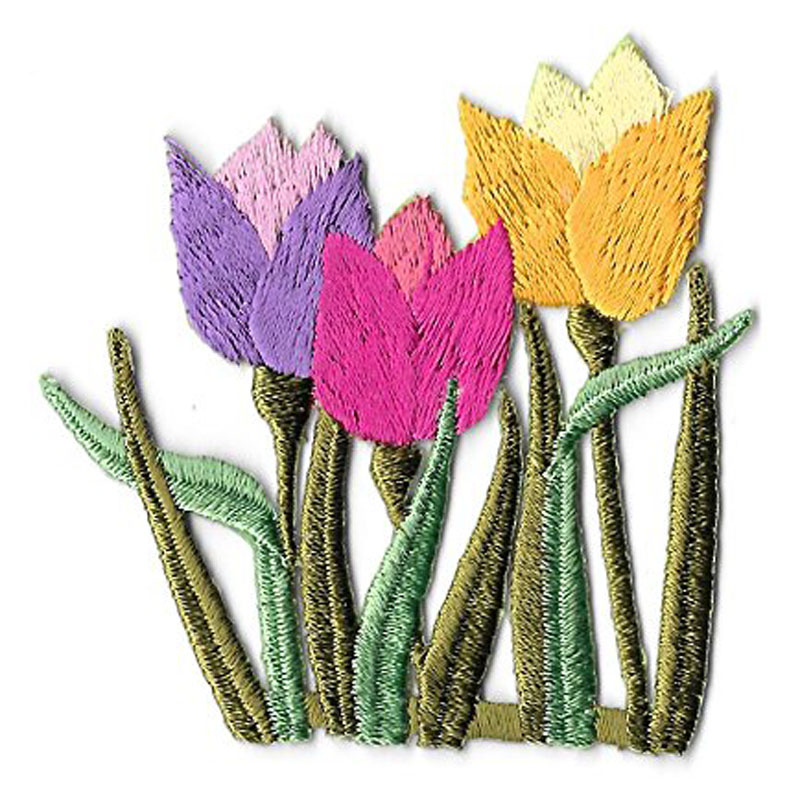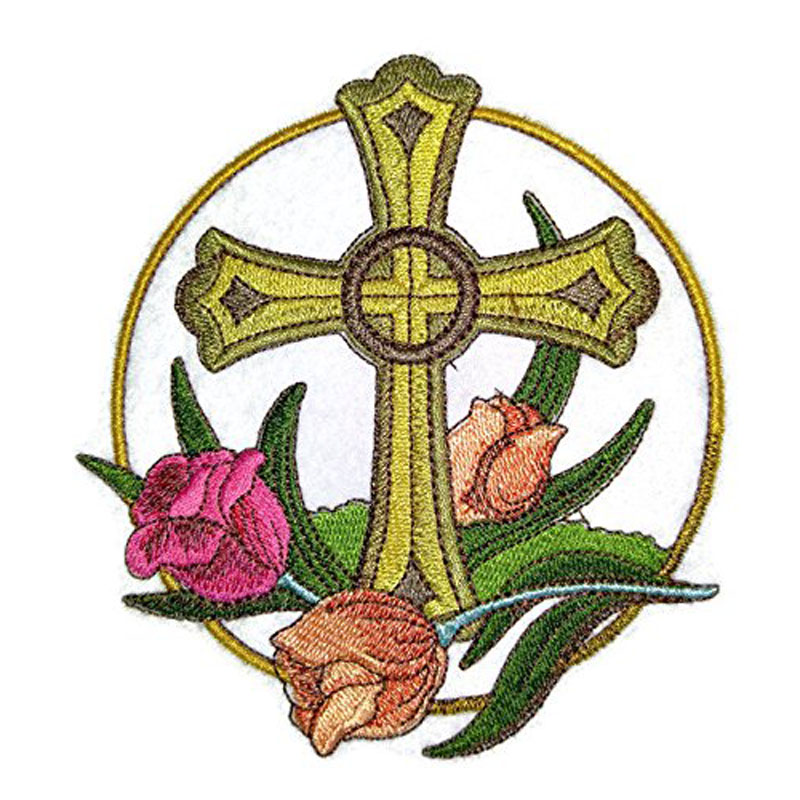In seventeenth century Netherlands, during the time of the Dutch Golden Age and Tulip mania, an infection of tulip bulbs by the tulip breaking virus created variegated patterns in the Tulip flowers that were much admired and valued. This phenomenon was referred to as "broken". While tulips had probably been cultivated in Asia from the tenth century, they did not come to the attention of the west till the sixteenth century, when western diplomats to the Ottoman court observed and reported on them. They were rapidly introduced into Europe and cultivated and became a frenzied commodity during Tulip mania. Tulips were frequently depicted in paintings of the Dutch Golden Age, and have become associated with the Netherlands, the major producer for world markets, ever since.
The word Tulip, first mentioned in western Europe in or around 1554 and seemingly derived from the "Turkish Letters" of diplomat Ogier Ghiselin de Busbecq, first appeared in English as tulipa or tulipant, entering the language by way of French: tulipe and its obsolete form tulipan or by way of Modern Latin tulīpa, from Ottoman Turkish tülbend ("muslin" or "gauze"), and may be ultimately derived from the Persian: دلبند delband ("Turban"), this name being applied because of a perceived resemblance of the shape of a tulip flower to that of a turban.This may have been due to a translation error in early times, when it was fashionable in the Ottoman Empire to wear Tulips on turbans. The translator possibly confused the flower for the turban.
Distribution and habitat
Map from Turkmenistan to Tien-Shan
Eastern end of the Tulip range from Turkmenistan on the eastern shore of the Caspian Sea to the Pamir-Alai and Tien-Shan mountains
Tulips are mainly distributed along a band corresponding to Latitude 40o north, from Ankara in Turkey in the west, through the Levant (Syria, Israel, Palestinian Territories, Lebanon and Jordan). From there it extends eastwards through Jerevan, (Armenia) and Baku (Azerbaijan) and on the eastern shore of the Caspian Sea through Turkmenistan, Bukhara, Samarkand and Tashkent (Uzbekistan), to the eastern end of the range in the Pamir-Alai and Tien-Shan mountains in Central Asia, which form the centre of diversity. Further to the east, Tulipa is found in the western Himalayas, southern Siberia, inner Mongolia, and as far as the northwest of China. While authorities have stated that no tulips west of the Balkans are native,subsequent identification of Tulipa sylvestris subsp. australis as a native of the Iberian peninsula and adjacent North Africa shows that this may be a simplification. In addition to these regions in the west Tulips have been identified.










